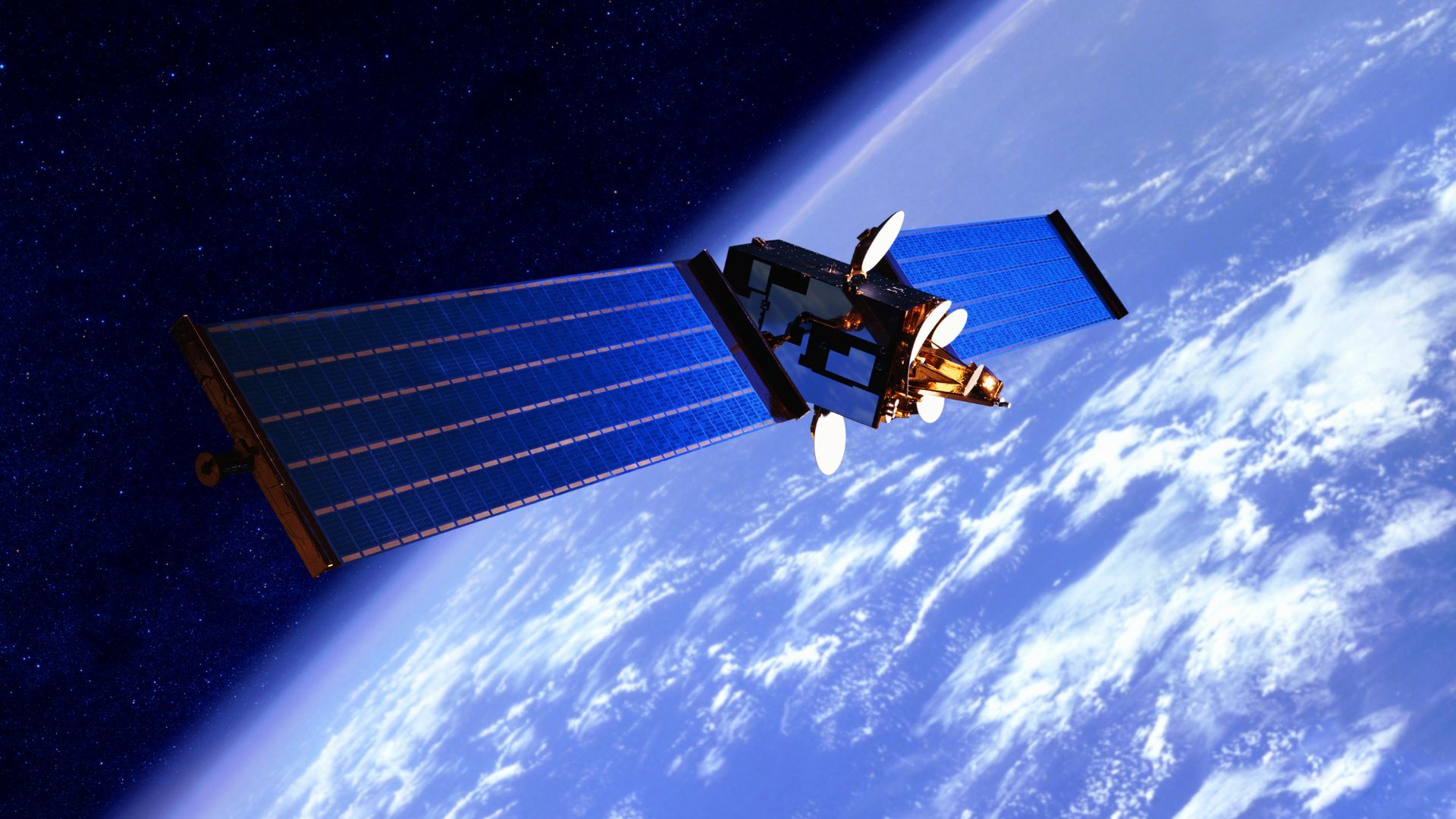How satellite refueling in orbit could cut space junk and extend missions

To read the full content, please visit the original article.
Read original articleThe article discusses the emerging field of satellite refueling in orbit (OOR), highlighting its potential to extend satellite missions, reduce space debris, and promote sustainable spaceflight. While the concept of OOR has existed since the Space Age, recent advances by NASA and commercial companies like Arkisys and Orbit Fab are bringing it closer to reality. Refueling satellites in orbit could significantly extend their operational lifespans, thereby reducing the accumulation of space junk—a growing threat in Low Earth Orbit (LEO) known as the Kessler Effect. Unlike current debris removal efforts that address symptoms, OOR tackles the root cause by shifting satellites away from single-use technology.
The article also outlines the technical challenges of refueling satellites, which were not originally designed for in-orbit servicing. Issues include the complexity of robotic grappling, precise navigation, and the lack of visual markers like QR codes on most satellites to aid servicing spacecraft. Despite these hurdles, NASA’s Robotic Refueling Mission (RRM) between
Tags
robotspace-technologysatellite-refuelingorbital-debrisspace-sustainabilityrobotic-armsspace-navigation